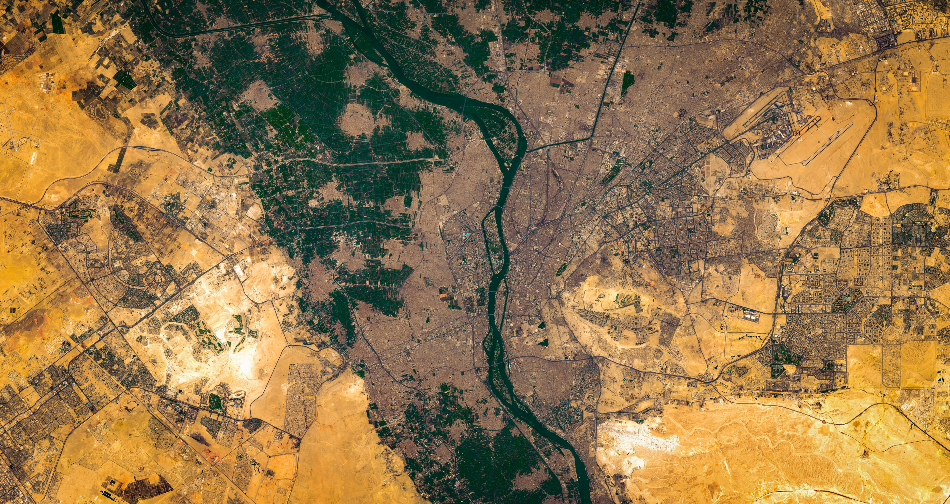Dec 12 2019

Image Credit: TommoT/ Shutterstock.com
Methane is a greenhouse gas that is approximately 28 times stronger than carbon dioxide. Since 2007, its concentrations have constantly increased in Earth’s atmosphere.
A number of possible explanations, including a rise in methane emissions from the tropics, could contribute to this increase, but because of a lack of regional data, researchers could not identify the source.
Currently, in a study reported in Atmospheric Chemistry and Physics, European Geosciences Union (EGU) journal, researchers used satellite data and found that one-third of the global increase came from the tropics of Africa.
One of the suggestions for the continued rise in atmospheric methane, based on ground-based data, is that tropical sources have increased.
Mark Lunt, Study Lead Author and Atmospheric Scientist, University of Edinburgh
Using data obtained from GOSAT, the Japanese Greenhouse Gases Observing Satellite, he and his colleagues examined both yearly and seasonal trends in Africa between the latitudes of 26° N and 26° S.
There are very few studies that have focused in detail on Africa, primarily because there isn’t much atmospheric methane data from there. Using satellite data gives a unique perspective on the continent that wouldn’t otherwise be available.
Mark Lunt, Study Lead Author and Atmospheric Scientist, University of Edinburgh
Earlier studies that took into account African methane emission estimates have used global models, which are run at comparatively large resolutions and resolve changes in emission at continental scales.
By having a focus only on sub-Saharan Africa, Lunt and his coworkers were able to run a regional model at a considerably higher resolution than would be possible with a global version. This difference enabled the scientists to have focus on changes in individual countries — a level of detail that has not been achieved ever before.
The findings show that nearly one-third of the global methane increase in the atmosphere noticed from 2010 to 2016 is from tropical Africa. A major portion of this originated from East Africa, including a marked, short-term rise in emissions from the Sudd, one of the largest wetlands in the world, located in South Sudan.
“Our research highlights the importance of Africa, and even individual wetlands, in terms of their contributions to the global methane budget,” stated Lunt. However, according to him, it is also important to note that the study period dates back only to 2010, when GOSAT came online. “Based on this work, we cannot say anything about what started the rise in 2007,” remarked Lunt.
Also, the researchers were not able to explain the source of further increases in methane emissions they observed in East Africa. “Agriculture or other wetlands are likely suspects,” said Lunt, “but we need more evidence to prove this.”
As stated by Lunt, the use of the study results can enhance wetland models, figure out where intensive field campaigns should take place to find the basic causes of tropical methane emissions, and finally help understand Earth’s future climate.
In order to understand how methane might change in the future, it is essential that we can adequately explain changes in the present and recent past. Studies such as this can help narrow down the list of possible explanations, and hopefully improve our predictive capabilities for the future.
Mark Lunt, Study Lead Author and Atmospheric Scientist, University of Edinburgh